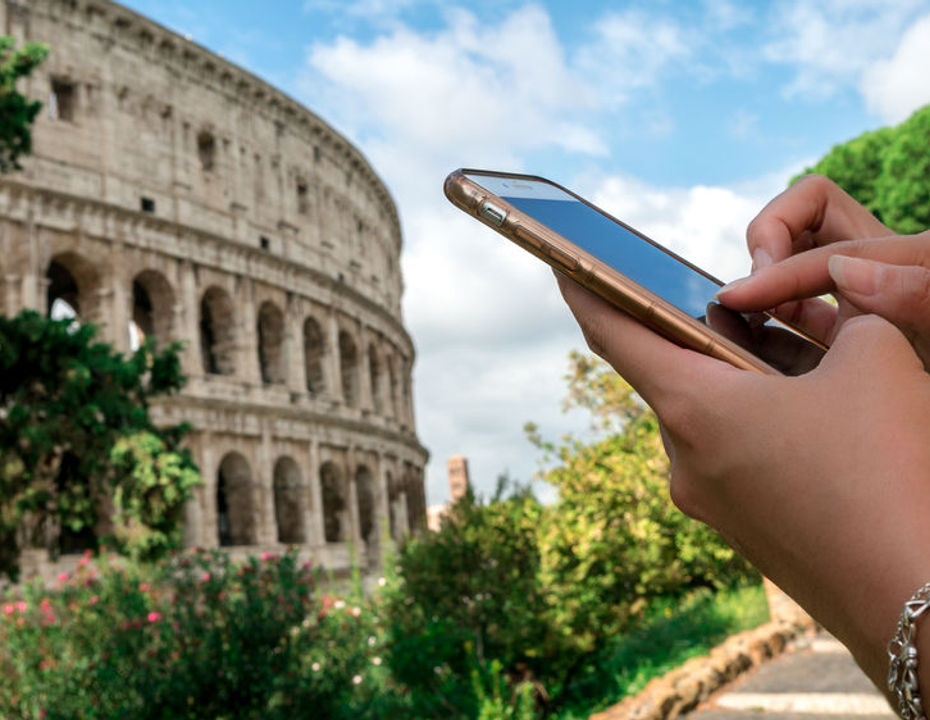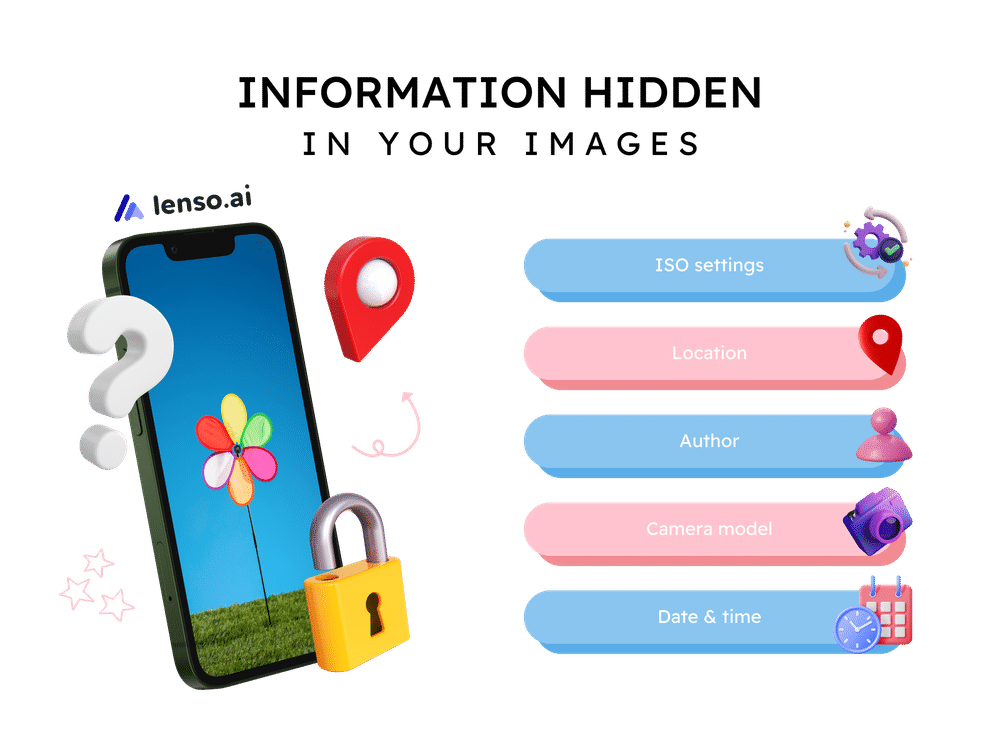
Preview in:
Reverse image search
Reverse image search is a tool that allows you to identify elements within an image. For example, if you took a vacation photo years ago and can't remember the location, you can use reverse image search to help you find it.
How to find locations with Lenso.ai
Lenso.ai is a website designed for landmark detection. This means Lenso has been trained on millions of images of different places, allowing it to recognize landmarks in images and find all other images where similar or the same landmarks were found.
Find out why Lenso.ai revolutionizes image recognition technology.
Here are the steps to follow if your aim is to find a specific location:
- Visit lenso.ai
- Upload an image in the designated area on the main page. Thanks to the user-friendly system, you can paste the image or use image URL for the search.
- Select the area or object you wish to search for. Lenso’s built-in tools allow you to crop and choose areas on the website.
- For optimal search results, choose the relevant category. In this case, filter out by “Places".
- Click on the matched images to be redirected to the website where they appeared. This way, you will be able to find where else the place was mentioned.
Checking for Embedded Location Data (EXIF Data)

What information can an image hold?
Say you took a photo with your digital camera. It was years ago, you have no idea when, what camera it was, or where it was taken. Watch out, because this information is stored in the EXIF data of the image. Keep in mind, posting the picture does not erase the data, which, although helpful in the case of looking for the source of this picture, may be a privacy concern.
We recommend mixing this technique with reverse image search if this is not helpful on its own. If your image does not have the location embedded in it, you may want to try looking it up with Lenso.ai, then extracting the data from images you found.
Finding photo details: EXIF data on Windows, Mac and online
- Windows: It's surprisingly simple to view EXIF data on Windows! Just right-click on the image file, select "Properties," and then click the "Details" tab.
- Mac: For Macs, there are two ways to access EXIF data. In the Preview app, open your image and go to "Tools" > "Show Inspector" > "Exif" tab.
Moreover, there are software programs specifically designed to read and display EXIF data from various image formats. Several websites offer free online tools to upload your image and extract EXIF data. Keep in mind potential privacy concerns when uploading images to unknown websites.
Crowdsourcing Platforms
Social media platforms like Reddit or dedicated forums can be a great resource for crowdsourcing location identification. You can share your image and ask the community for help recognizing landmarks or providing insights based on their knowledge.
Look for subreddits like r/whereisthis or online communities dedicated to geography enthusiasts.
In hunt of picture location
For a visual tutorial on those methods of finding places, watch our tutorial here:
We hope the tips we provided were helpful in finding whatever place you were looking for. Remember to always keep your images safe by only sharing them on trustworthy platforms and removing EXIF data before sharing with the world.
Keep in mind, while all the suggestions we gave are a good last option, they are not fool-proof. Many places, such as forests, are very similar to each other all around the world, making it hard to find the exact spot.
Plants and animals visible in the image can be great location indicators. Often, these elements are specific to a particular region. Tools like Lenso.ai can help identify these natural elements within the image, making it easier to pinpoint the location.
Continue reading

Guides
How to Find Locations from an Image? | Place Search Online
Looking for buildings, places, locations and landmarks online used to be a struggle. Nowadays, in the age of Google Maps and Place Finders, such as lenso.ai, it’s easy to locate any place from just a photo. In this article, we will show you how you can find places from a photo and refine your search with various filters.

Guides
How to prevent image theft on exclusive content platforms?
Unfortunately, image theft is one of the most common forms of online crime. It often leads to copyright misuse, unauthorized usage, and scams that can seriously damage a creator’s brand and income. So how to prevent image theft on exclusive content platforms and protect your online presence?

Guides
3 Best Google Lens alternatives for reverse image search
Tired of using Google Lens, which brings less and less accurate results in its image search? It’s time to try something new: check out the 3 best Google Lens alternatives for reverse image search.

Guides
How Reverse Image Search Can Help Detect Unauthorized Logo Usage
Unauthorized logo usage, such as your logo appearing on counterfeit products or scam sites, can severely damage your brand reputation. Take a look at how reverse image search can help you put a stop to these actions and make your brand identity more secure online.

Guides
AI image search with lenso.ai: How to find and protect your photos online?
Images that were once shared online stopped being safe and protected. There are many situations where images get leaked, and you’re not even aware of it. So how can tools like lenso.ai’s image search help you find and protect your photos online?
